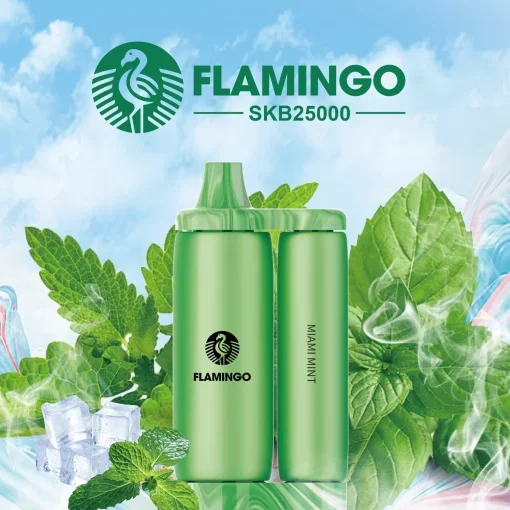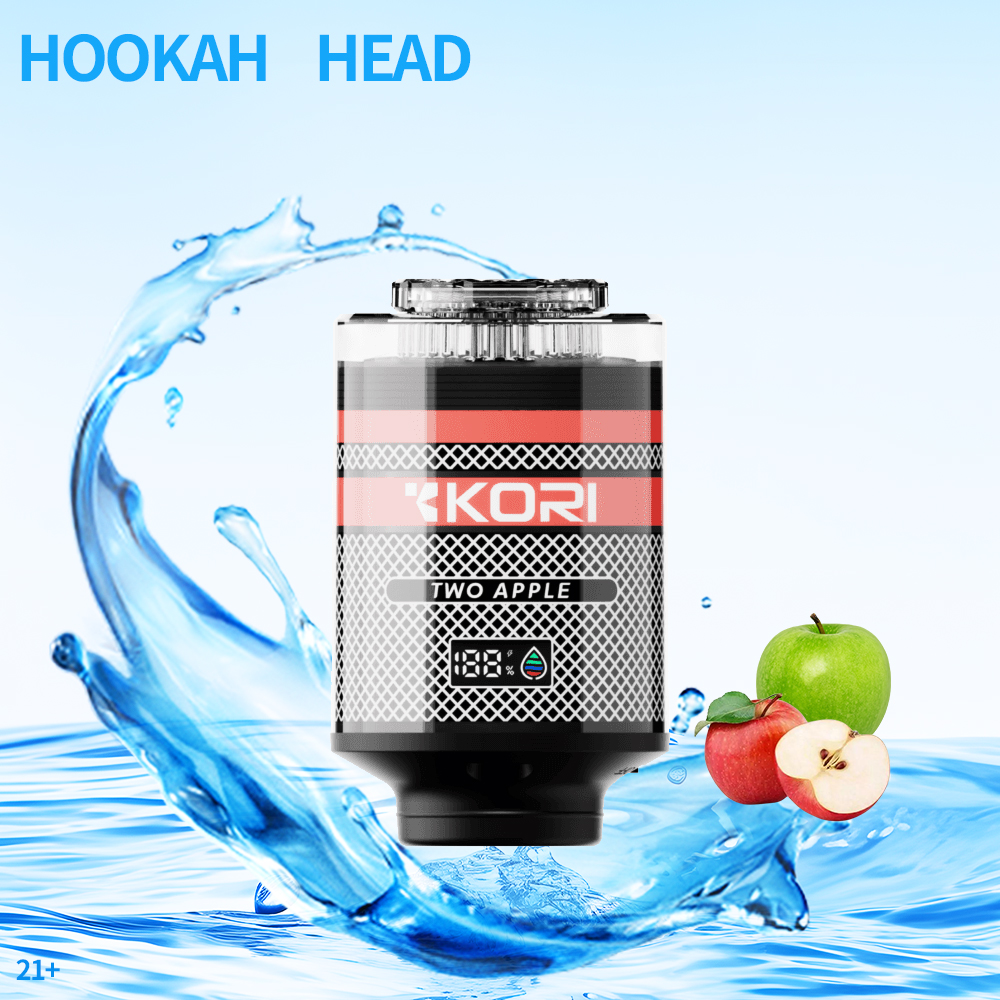How Much Does a Vape Shop Make?
The vape industry has witnessed staggering growth over the past decade. As vaping has transitioned from a niche market into a mainstream alternative to traditional smoking, many entrepreneurs are eager to understand the financial landscape of opening a vape shop. The question at the forefront of many aspiring business owners' minds is, “How much does a vape shop make?” This article aims to delve into the financial aspects of running a vape shop, exploring potential revenues, costs, and various factors that influence profitability.
Understanding the Vape Shop Business Model
To comprehend how much money a vape shop can make, it's essential to understand the business model. Vape shops typically make profits through a variety of revenue streams, such as:
- Retail Sales: Selling e-cigarettes, vape pens, e-liquids, and accessories.
- Wholesale Distribution: Purchasing products in bulk and reselling them to smaller shops.
- Online Sales: Operating an e-commerce platform to reach a broader customer base.
- Wrapper and Boutique Services: Offering rental space for vape lounges or hosting events and workshops.
Revenue Potential
According to industry analyses, the average vape shop generates revenue between $150,000 to $500,000 annually. However, top-performing stores can make significantly more. Factors affecting revenue include location, store size, and product variety. Let's break it down further:
1. Location
Location is critical for retail businesses. Vape shops situated in high-traffic areas or near colleges and nightlife tend to attract more customers. Cities with a higher number of smokers transitioning to vaping might also yield greater sales.
2. Store Size
The size of the shop can determine the variety and volume of products offered. A larger store may provide more space for different brands and products, enticing customers to make purchases.
3. Product Variety
Offering a broad selection of e-liquids, devices, and accessories can appeal to various customer preferences. Exclusive or high-demand products may also increase monthly sales.
Cost of Running a Vape Shop
While understanding revenue is paramount, it is equally crucial to be aware of the operating costs to calculate profitability accurately. Common expenses associated with running a vape shop include:
- Rent: Costs can vary widely based on location and square footage—average rent can range from $1,000 to $5,000 monthly.
- Inventory Costs: Initial stock purchases can cost anywhere from $20,000 to $50,000.
- Licensing and Permits: Fringe costs and state regulations can add to startup expenses.
- Staff Salaries: Depending on the size and business model, payroll can account for a significant portion of monthly costs.
- Marketing: An effective marketing strategy is essential. Allocate budget for both online and offline advertising methods.
Factors Affecting Profitability
The profitability of a vape shop can be influenced by several external factors, including:
- Regulations: Laws and regulations surrounding the sale of vaping products can change. Compliance costs can impact overall profitability significantly.
- Competition: With the growth of the vape market, the number of vape shops is increasing. Competitive pricing and product differentiation can help in standing out.
- Market Trends: The vaping industry operates on current trends. Staying informed on market shifts can help retailers adjust their inventory and marketing strategies accordingly.
- Consumer Loyalty: Building a loyal customer base can dramatically impact revenue. Loyalty programs and excellent customer service can enhance customer retention.
Marketing Strategies for Success
In a competitive marketplace, having unique marketing strategies can play a significant role in driving sales. Here are some effective tactics to consider:
1. Social Media Marketing
Platforms like Instagram and Facebook can significantly help engage with customers and promote products. Regular postings, customer testimonials, and promotional offers can boost financial performance.
2. In-Store Events and Promotions
Hosting vaping competitions, product launches, or tasting events can draw crowds and increase foot traffic. Such events create a community atmosphere that can help retain customers.
3. Local Business Collaborations
Partnering with local businesses or influencers can expand your reach. By working together, you can tap into one another's customer base, leading to mutual benefits.
Future of the Vape Shop Industry
As public perception of vaping continues to evolve, understanding the future trajectory of this industry is vital. The increased focus on health and wellness could shape vaping’s future market. Moreover, advancements in technology and product innovation may present new opportunities for vape shops.
While the future poses many challenges, those willing to adapt and innovate are likely to find opportunities for growth. Expanding product offerings, specializing in organic or nicotine-free options, or introducing unique experiences can differentiate a shop in this saturated market.
In summary, determining how much a vape shop makes involves considering multiple factors, including revenue streams, operational costs, and market dynamics. Aspiring vape shop owners should conduct thorough research, analyze industry benchmarks, and develop robust business plans to anticipate the financial viability of their ventures effectively.





